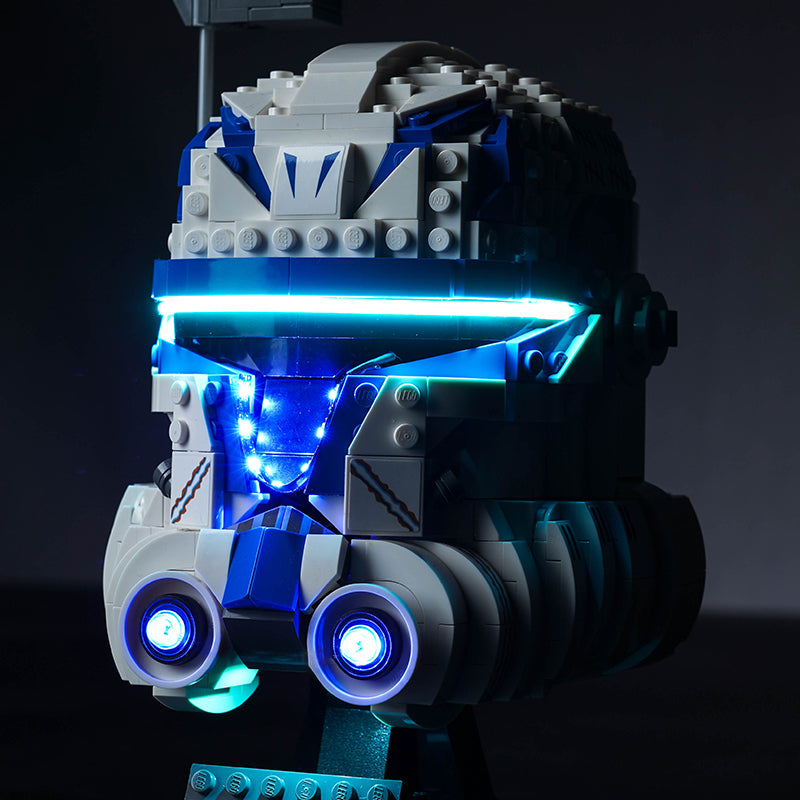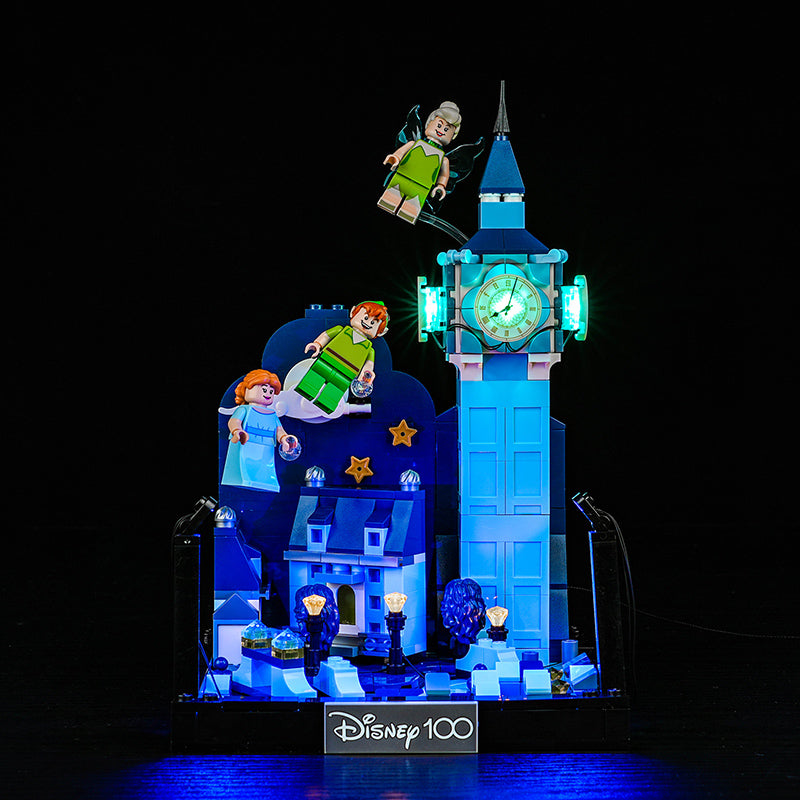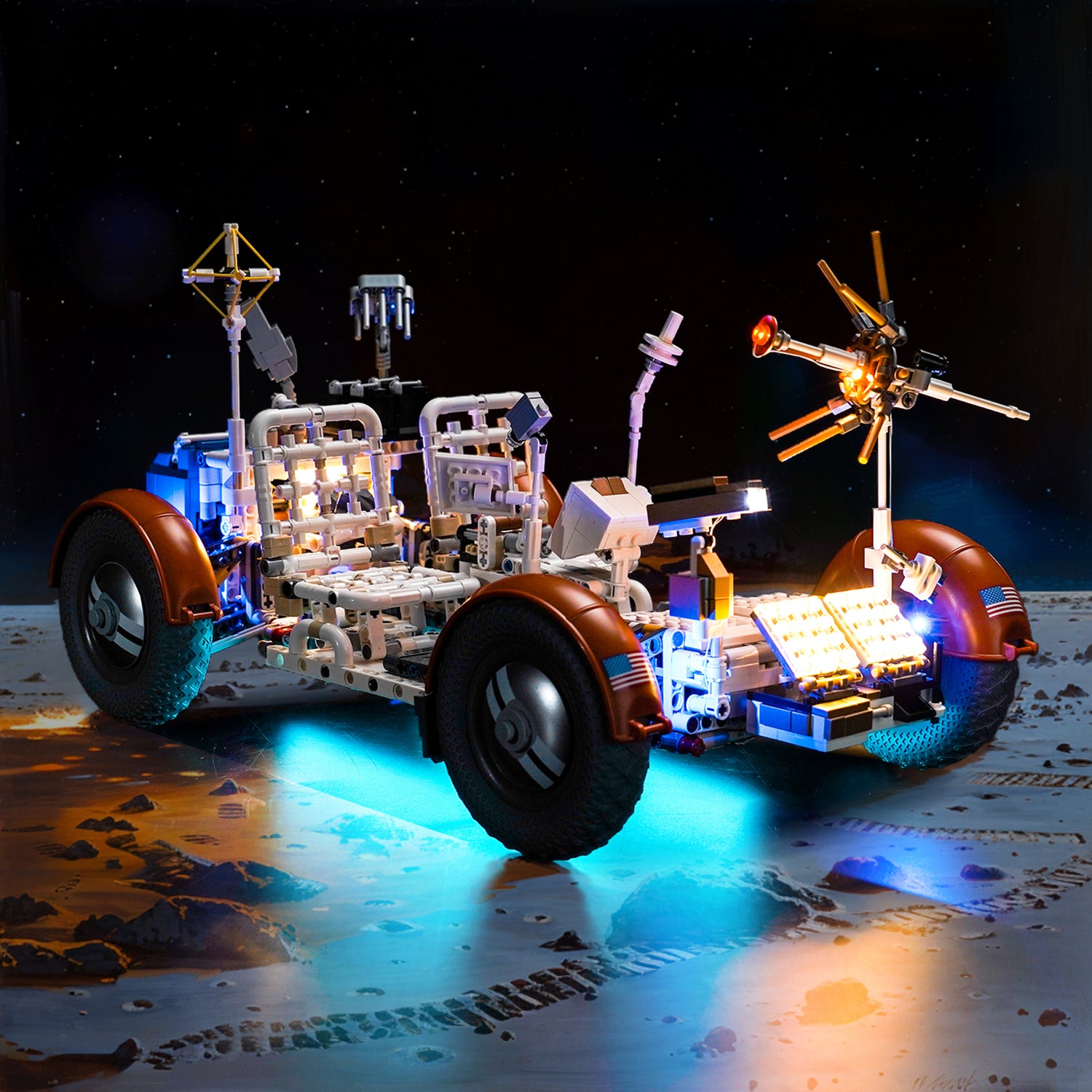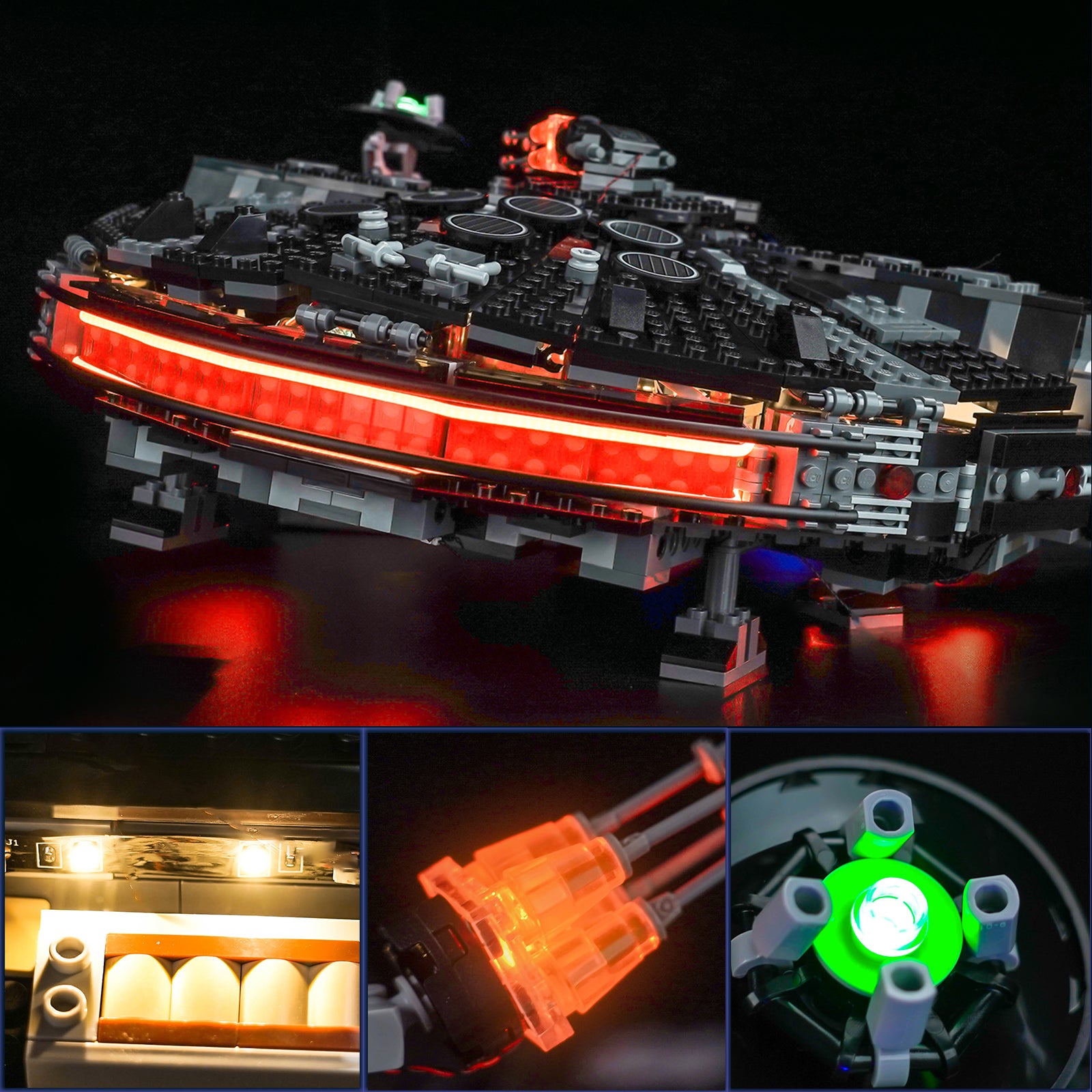"Take a trip to the moon with this detailed LEGO Technic NASA model set for adults. The set includes a displayable model version of the Lunar Rover module carried by Apollo 17, plus three connectable equipment sets," says the LEGO website.

General Introduction
Theme - Mechanical Set
Age Group - 18+
Box Size - 55cm L, 37cm W, 10cm H
Finished Product Size - 14cm H, 38cm L, 25cm W
Building Time - 7~10 Hours
Official Price - $219.99 / 219,99€
Availability - 2024-08-01 ~ 2026-12-31

Prototype
This model is based on the lunar rover deployed during the Apollo 15, 16, and 17 missions in 1971 and 1972, specifically the LRV-3 used by the latter.
After two groups of astronauts successfully landed on the moon in 1969, NASA began looking for a way to extend the range of astronauts' flights so that they could explore more of the terrain around the moon. Initially, NASA tried to use a human-powered cart-like vehicle (called the Modular Equipment Transporter, or MET) to increase the number of tools that could be transported to more distant locations, but the manual cart proved difficult to keep moving. What the astronauts really needed was a vehicle to move around, and Boeing, in partnership with General Motors and Goodyear, built just that. The Apollo Lunar Roving Vehicle (LRV) ultimately enabled Apollo 17 astronauts Gene Cernan and Harrison Schmitt to travel 4.7 miles (7.6 km) away from the lunar module.

Details
The Lego Technic NASA Apollo Lunar Roving Vehicle - LRV replicates the lunar rover in 1/8 scale, down to even the smallest details. The model comes in four main sections: a four-wheel chassis with an integrated control and display console and seats; a front chassis with a high-gain antenna and TV camera; a Lunar Communications Relay Unit (LCRU), including a low-gain antenna and 16mm camera; and a rear tray assembly with a collection of tools (including a rock hammer, drill, pipe wrench, and adjustable shovel) and lunar experiments.

Conclusion
This is definitely an interesting model, and very different from the other four-wheeled vehicles in this year's series. The LRV itself looks fairly accurate, and the mechanisms for unfolding and reconfiguring it are well executed. The equipment it carries also looks realistic, mainly because it's built from a lot of system parts, which may not please Technic purists.







